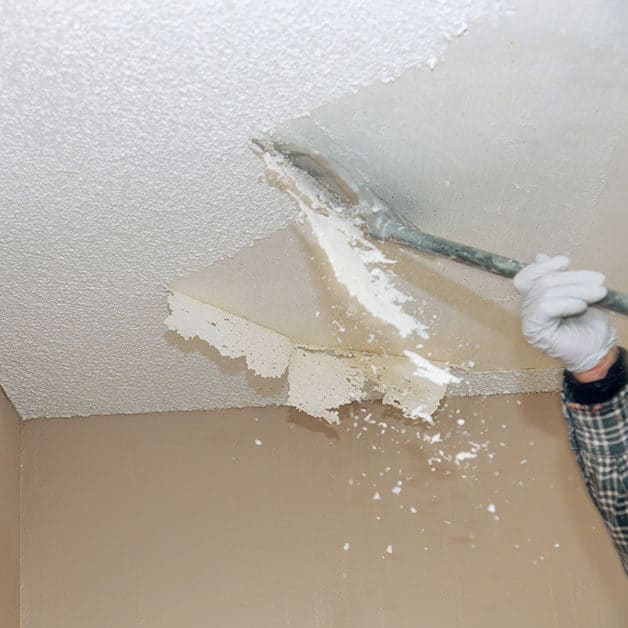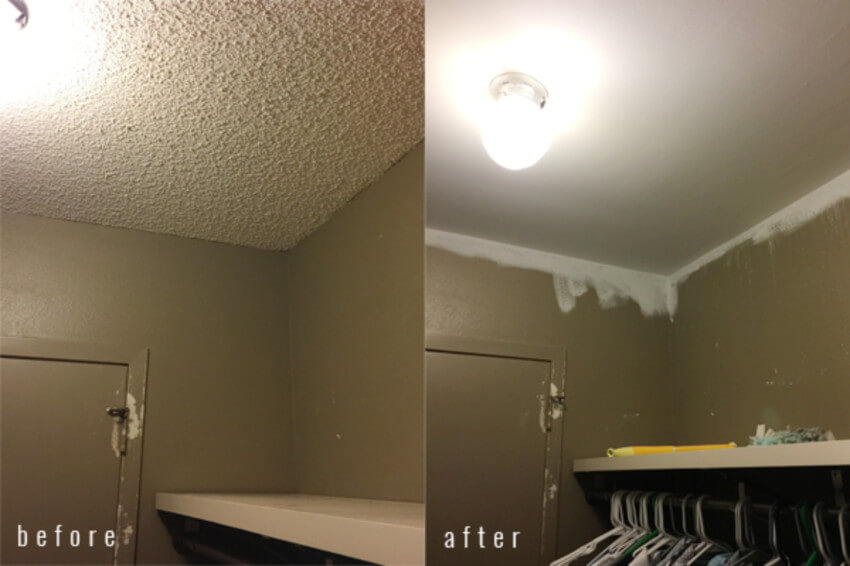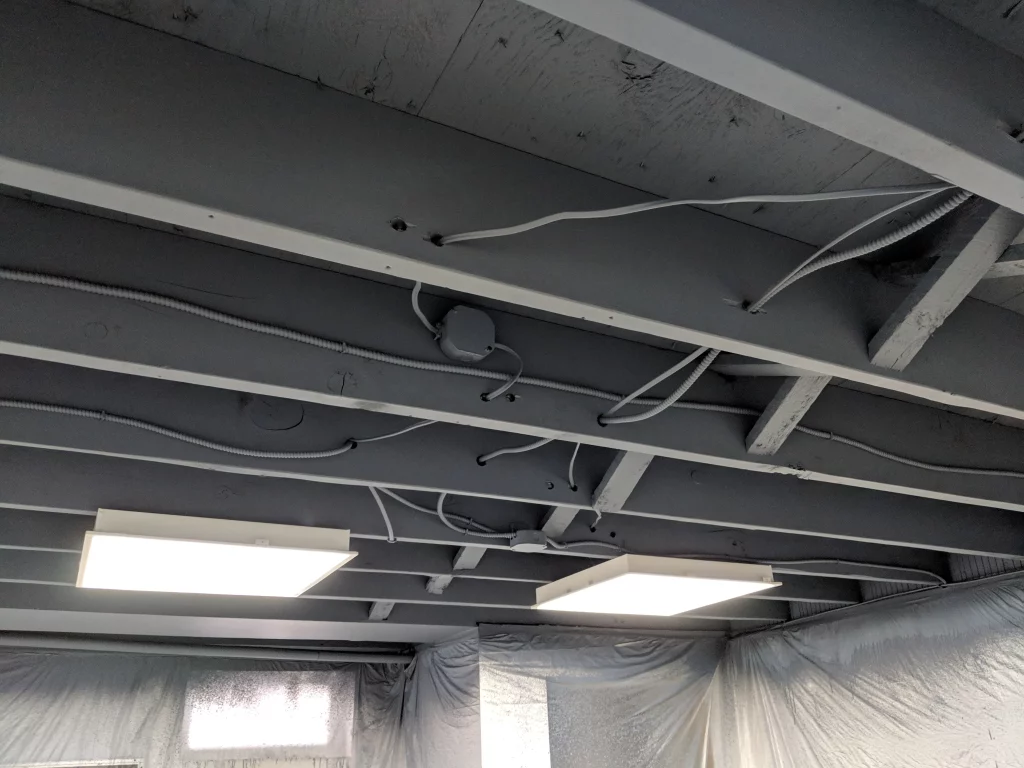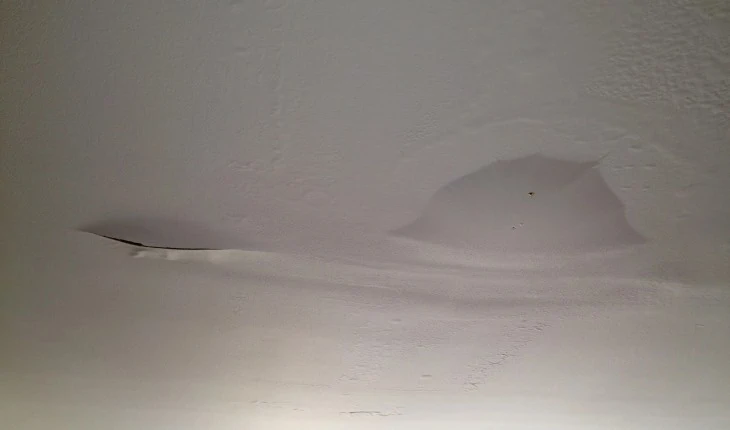Revitalize your room with a fresh look by learning how to effectively paint drop ceiling tiles. Discover tips, techniques, and inspiration for this budget-friendly DIY project.
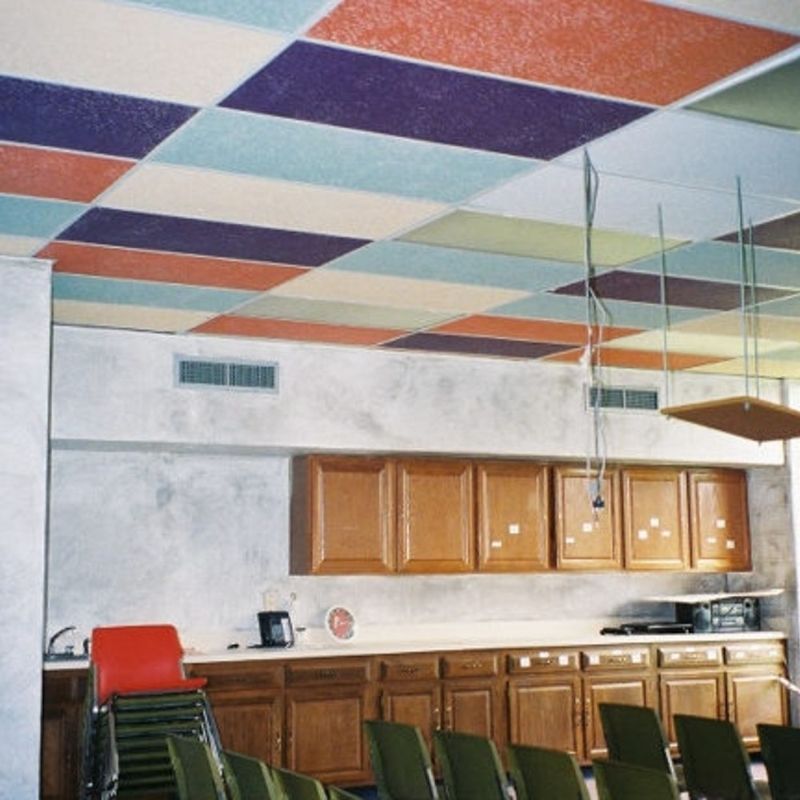
Paint Drop Ceiling Tiles: A Creative Approach to Room Transformation
Drop ceiling tiles, often overlooked, present a unique opportunity to enhance the aesthetic appeal of any room. By painting these tiles, you can achieve a custom look that matches your décor and style preferences.
Read too: Kitchen Lighting For A Vaulted Ceiling: Illuminating Your Space with Style and Functionality
Benefits of Painting Drop Ceiling Tiles
- Customization: Painting allows you to personalize your space by choosing colors that complement existing décor or create a new focal point in the room.
- Cost-Effective: Refreshing drop ceiling tiles with paint is a budget-friendly alternative to replacing them entirely, saving both time and money.
- Aesthetic Enhancement: Transform the look and feel of a room by updating outdated tiles or covering stains and discoloration with fresh paint.
- Versatility: With a wide range of paint colors and finishes available, you can achieve various effects from matte to glossy, depending on your desired aesthetic.
Planning Your Project: Steps to Paint Drop Ceiling Tiles
Before you begin painting, it’s essential to plan and prepare properly to ensure a successful outcome:
1. Gather Materials
- Paint: Choose a high-quality latex or acrylic paint suitable for ceilings. Consider the color and finish that best suits your room’s décor.
- Primer: Use a primer specifically formulated for use on ceiling tiles to ensure proper adhesion and durability.
- Paint Roller and Brushes: Select rollers and brushes appropriate for the texture and size of your ceiling tiles.
- Drop Cloths or Plastic Sheets: Protect surrounding areas from paint splatters and drips.
- Painter’s Tape: Use tape to mask edges and prevent paint from getting on walls or trim.
2. Preparation
- Clean the Tiles: Thoroughly clean ceiling tiles to remove dust, dirt, and grease. Use a mild detergent solution and allow tiles to dry completely before painting.
- Repair Damage: Fill in any cracks or holes with spackle or joint compound. Sand the repaired areas smooth once dry.
3. Priming
- Apply Primer: Use a roller or brush to apply primer evenly across the ceiling tiles. Primer helps paint adhere better and ensures uniform color and finish.
4. Painting
- Choose Your Method: Decide whether to paint tiles in place or remove them for easier access. Painting in place requires careful taping and covering of nearby surfaces.
- Apply Paint: Start painting with even strokes, working in small sections. Apply multiple coats as needed for complete coverage, allowing each coat to dry thoroughly between applications.
- Finishing Touches: Once dry, inspect the tiles for any missed spots or uneven areas. Touch up as necessary before removing painter’s tape and allowing the paint to cure completely.
Tips for Success When Painting Drop Ceiling Tiles
- Ventilation: Ensure adequate ventilation in the room while painting and drying to dissipate fumes and speed up the drying process.
- Temperature and Humidity: Paint in moderate temperatures and humidity levels to achieve the best results. Extreme conditions can affect paint application and drying times.
- Lighting Considerations: Assess how lighting affects the appearance of painted tiles. Different lighting conditions may alter the perceived color and finish of the paint.
Maintenance and Longevity
Properly painted drop ceiling tiles can maintain their appearance and durability with minimal maintenance:
- Regular Cleaning: Dust tiles periodically to prevent buildup and maintain a fresh look.
- Avoid Abrasive Cleaners: Use gentle cleaning methods to avoid damaging the painted surface.
- Inspect for Wear: Periodically check for signs of wear or damage. Touch up paint as needed to keep your ceiling looking its best.
Conclusion
Painting drop ceiling tiles offers a practical and creative solution to update and enhance your interior spaces. By following these steps and tips, you can achieve professional-looking results while transforming the ambiance of any room. Whether you’re aiming for a subtle refresh or a bold new look, painting ceiling tiles allows for endless possibilities in home improvement.

